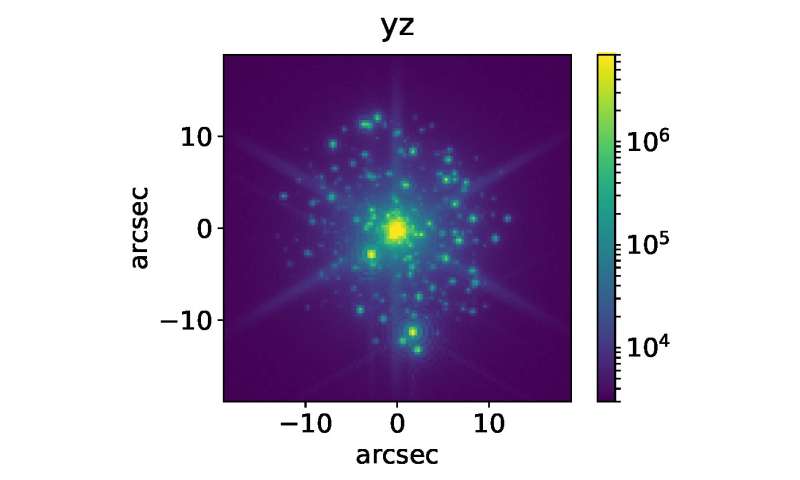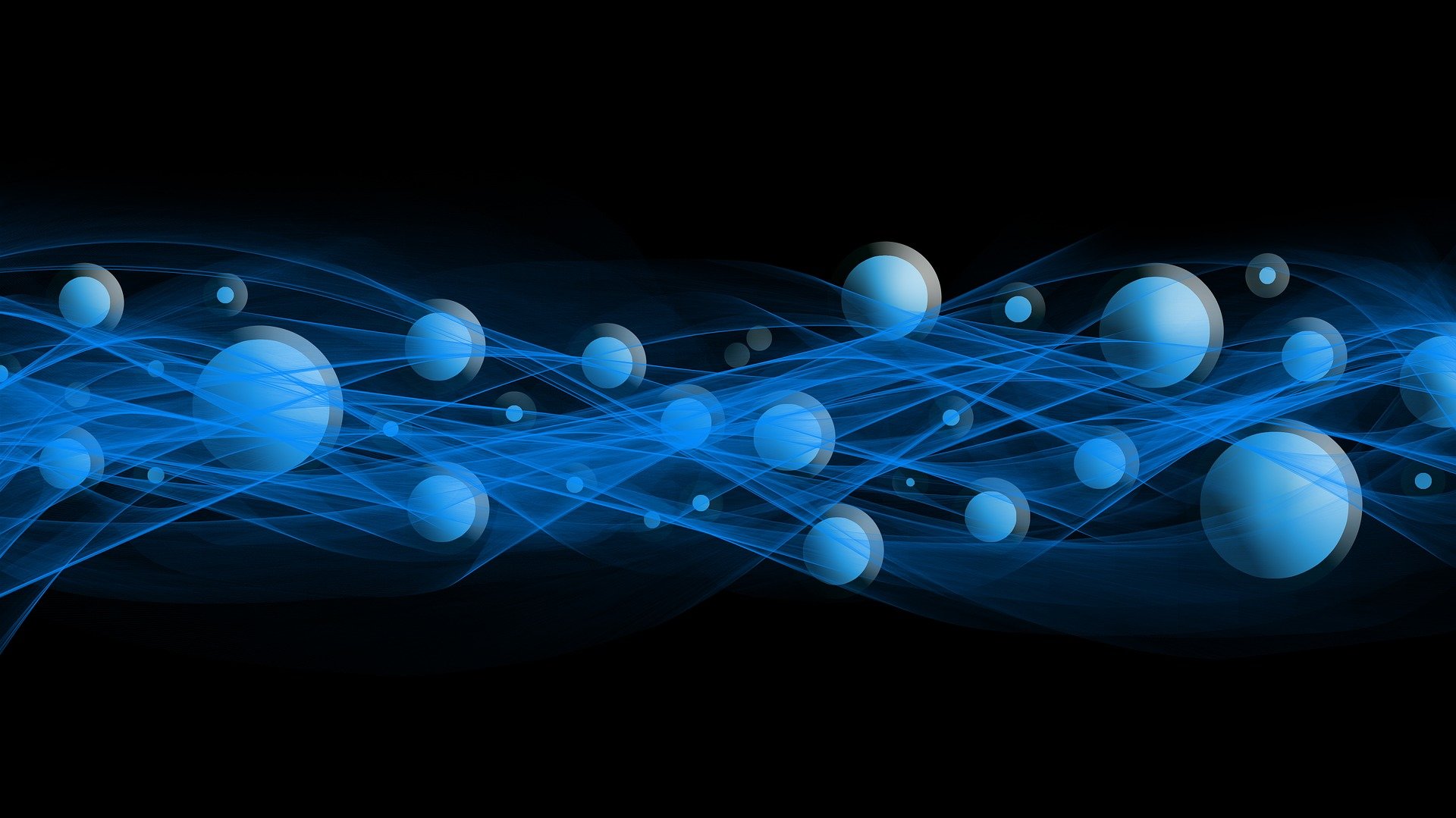#Astronomers make composition drawing of elusive wandering black holes
“#Astronomers make composition drawing of elusive wandering black holes”

When two galaxies collide, their central black holes merge, emitting gravitational waves. Astronomers theorize that a recoil effect sometimes kicks the merged black hole out of the galaxy while dragging nearby stars along for the ride. Researchers from SRON and Radboud University have now made a prediction of what these clusters will look like to identify them and prove their existence. Their findings are published in MNRAS.
Astronomers think that all massive galaxies harbor a central black hole weighing millions to billions of solar masses. Smaller black holes might be present in the nuclei of dwarf galaxies. The most famous central black hole is the one inside the M87 galaxy, which became the first ever photographed in 2019.
When two galaxies merge, their stars will mostly just mingle without colliding, but the two central black holes will merge. The merger produces gravitational waves carrying off extreme amounts of energy, comparable to an atomic bomb with the mass of several suns. You can imagine that if this energy is radiated even slightly asymmetrically, there will be a recoil in the other direction, similar to an astronaut firing a gun in space. If the recoil is strong enough, the resulting merged black hole is ejected out of its own galaxy. Any stars that were gravitationally bound to it will be tugged along for the ride. This is how hypercompact stellar clusters (HCSCs) arise—at least according to theory; they have not yet been spotted in real life.
A group of astronomers from SRON Netherlands Institute for Space Research and Radboud University figured that HCSCs might be hidden in existing databases, including those from the Gaia telescope and the Sloan Digital Sky Survey. But they quickly realized that no one has made any detailed predictions about what they would look like in the database.
So as a first step in their quest, they have now made their own predictions and published them in the Monthly Notices of the Royal Astronomical Society. The team—including first author Davide Lena and group leader Peter Jonker—predict the colors, images and spectra of HCSCs specifically tailored for each database. They also calculated how a cluster would appear on a two-dimensional telescope image.
If the researchers manage to identify the first real-life HCSC, they can derive the kick velocity that it received from the recoil following the merger of the two galaxies it emerged from. Lena says, “That has already been calculated from simulations of gravitational waves, but those are based on theories that need to be confirmed by observations.”
Any ejected black holes in the Milky Way’s outskirts will have been the result of mergers between a dwarf galaxy and a young Milky Way that had recently started from scratch, building a massive black hole in its center. So those merged black holes should be of no more than intermediate mass; between hundreds and hundreds of thousands of solar masses. “The existence of intermediate mass black holes is debated,” says Lena. “If we indeed find HCSCs, we will at the same time show the existence of intermediate-mass black holes. We can then confirm this by measuring the mass of the black holes through spectroscopic observations of the HCSC.”
Jonker says, “We think that mergers play an important part in forming massive black holes. ESA’s LISA satellite, to be launched in 2034, will be able to detect their gravitational waves. Among others SRON and Radboud University are set to contribute to building this fantastic satellite.”
More information:
D. Lena, P. G. Jonker, J. P. Rauer, S. Hernandez and Z. Kostrzewa-Rutkowska, ‘Hypercompact stellar clusters: morphological renditions and spectrophotometric models’, Monthly Notices of the Royal Astronomical Society, academic.oup.com/mnras/article/495/2/1771/5831081
Astronomers make composition drawing of elusive wandering black holes (2020, June 18)
retrieved 18 June 2020
from https://phys.org/news/2020-06-astronomers-composition-elusive-black-holes.html
This document is subject to copyright. Apart from any fair dealing for the purpose of private study or research, no
part may be reproduced without the written permission. The content is provided for information purposes only.
If you want to read more Like this articles, you can visit our Science category.
if you want to watch Movies or Tv Shows go to Dizi.BuradaBiliyorum.Com for forums sites go to Forum.BuradaBiliyorum.Com




